A couple of weeks ago was my first time judging at the Canon Australian Institute of Professional Photography (AIPP) Australian Professional Photography Awards (APP) and I was little scared of it all. Most of my time prior to getting in one of the hot seats was spent in the judging rooms watching other categories being assessed by the panel of 5 industry experts and highly awarded photographers.
To give you an idea on how it all works, there are various categories including portrait, wedding, commercial, documentary, illustrative and some others too. The prints are displayed anonymously and a panel of 5 judges each give a score out of 100. These scores are averaged and that is the final score unless there is a challenge.
The challenge are the interesting part, that is where one or more judge gives a print a score 5 or more points above the average. When this happens the judge can elect to challenge the score and put forward their argument why the score should be higher. There is at least one other photographer who explains their lower score, then it is time for everyone apart from the initial highest scorer to re score the print. Sometimes the score goes up, sometimes it goes down and occasionally it will; go down in points.
The panel of 5 judges is always rotating too, so a judging room would have about 8 – 10 judges taking turns. There are three rooms operating most of the time, so there are quite a few judges required.
Prior to my first stint of judging, it was time for my prints to be judged. It is a nerve racking wait, you see images come and go that are amazing, some that aren’t, and then you start to think where your image fits into everyone else’s. With many hundred prints in the Illustrative category, all three rooms were used to judge this one category. They have big screens showing the print that is being judged in the other rooms at the same time, and of course, all mine came up in other rooms. That means getting out of your seat and moving quickly to the other room to see the score and hear the debate (if there is one).
All the waiting was worth it, all prints got themselves nice silver awards (no debates unfortnantly). It was the first time in many years that I had entered personal work into the awards, tending to favour entering work shot for clients. So I was very happy that my own personal images were of award standard this year.
I was set down to judge in the wedding open section on the Sunday, but at the last minute was called into judge the Scientific and Nature category on the Saturday. This category has always been interesting to me, some people may know that I have a Honours degree in Scientific Photography, so I bought a little science / technical as well as artistic to the judging. This category is filled with amazing images, I was thrilled to be able to help talk up some of the images into the gold award area and even one up to the gold distinction area.
Prior to the judging we were told to think as if we were the photographer who submitted the image. You don’t want to be completely crushed if you enter, so giving some advice on why the print did not get up is very important. There is nothing more frustrating than watching your print come up, get a 78, then go away with nothing much said about it. So when ever I had the opportunity I gave some feedback.
I remember an amazing series of butterflies, photographed on backgrounds that matched their colouring. When the first one came up I was really excited, it looked like it was going to get a great score. But when we went in for a closer look it was completely out of focus. This is what my uni lecturer Phred would call a reshoot. And it was such a pity, these images were shot in controlled conditions (the butterflies were preserved) and so there was no excuse for them being not technically perfect.
Another tip for this section was in the captions of the images. Some people explained their images well and were rewarded higher, others but down the captions like “flower”. Judges aren’t too dumb, we can see it’s a flower.
The next day it was Wedding Open day. Not only was I judging in this category, but also I had my last print being judged. Again, this took up all three of the judging rooms from 8am till about 1pm. That’s a whole lot of prints.
Wedding are one of the hardest categories to get awards in, and it seems that out room was quite a harsh judging room. I knew this because when my breaks came up, I was told this by many of the photographers who were sitting behind us watching their prints come and go. It is such a tough job, knowing they are just there, scrutinising every score the panel gives, and add in the fact that many of the prints that are in front of you may also be your friends or even people who have influenced you on your journey.
The thing is to be fair. I did know a couple of the prints when they came up, knew the shot and who took it. You have two options, you can stand down from the panel, or acknowledge you know the author and judge it like any other print. It is good to be able to go to these friends after and say why I gave the score I did, letting them know some little technical thing that let them down and what was great about the image itself.
There were a couple of times that I gave a print an award score and the panel average took it out of the range. Every time this happened I was to close to the average to challenge the score and talk it up. That really sucked, knowing that if I initially gave a print an additional couple of points was the difference between challenging the score and watching the print go back unawarded.
At the end of it all, I managed to get another silver from the wedding category, achieved my double masters, learnt a heap about good prints and also was inspired by so many of the images. I’m hoping I get the chance to judge again next year, it is a very rewarding, if not tiring task.
View a gallery of the overall winners here


